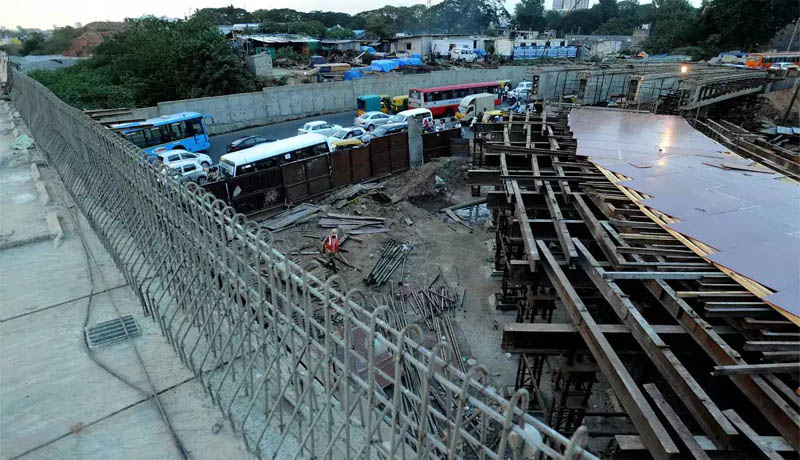NEW DELHI, Dec 2:
The Commerce and Industry Ministry has been engaged with five social sector departments including health and panchayati raj for integrated and efficient infrastructure development by them through the PM GatiShakti initiative, a top government official said on Friday.
On October 13, Prime Minister Narendra Modi launched the Gati Shakti – National Master Plan aimed at developing integrated infrastructure to reduce logistic costs. The plan is a technology-based tool for effective and integrated infrastructure development in the country.
All logistics and connectivity infrastructure projects, entailing investment of over Rs 500 crore, are routed through the Network Planning Group (NPG), constituted under the PM Gati Shakti initiative.
“The initiative is doing good for infrastructure development projects…We have recently started engaging with the social sector departments also to see how we can utilise (the initiative) to improve functioning in these sectors. We have started expanding our horizon to the social sector also,” Secretary in the Department for Promotion of Industry and Internal Trade (DPIIT) Anurag Jain told reporters here.
The five ministries/departments are health, ministry of women and child development, department of rural development and panchayat raj, education, and ministry of housing and urban affairs.
He also said that the culture ministry too can take the benefits of the plan.
For example, he said, anganwadi locations can be planned effectively by using the data layers of the Gati Shakti – National Master Plan platform.
Over 250 critical infrastructure projects of different ministries, including rail, road and ports, have been examined and recommended by the NPG since last October.
Jain also said that projects related to 28 states to the tune of Rs 5,000 crore under the ‘Special Assistance to States for Capital Investment’ scheme have been approved.
Use of the National Master Plan (NMP) portal is helping the central and State Governments reduce time and cost of critical infrastructure projects.
The NPG has representations from various connectivity infrastructure ministries/ departments involving their heads of network planning division for unified planning and integration of the proposals.
All these departments approach the NPG first for approval before making a DPR (detailed project report) at the planning stage.
Over 1,994 layers of data, including that of land, ports, forests and highways, are available on the portal. (PTI)
Trending Now
E-Paper


